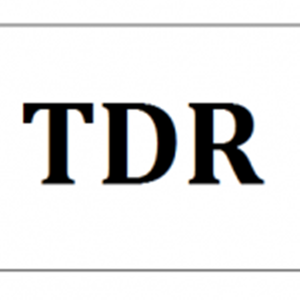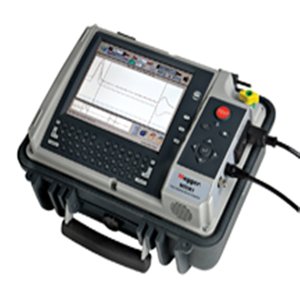What is the full form of TDR1) TDR: Ticket Deposit ReceiptTDR stands for Ticket Deposit Receipt. It is usually filed or submitted to claim the refund of fare in case you are not able to perform the journey. There should be a valid reason to file a TDR. Some of the common valid reasons to file a TDR are listed below: 
TDR can be filled within 3 hours of the scheduled departure and it may take up 90 days for the refund. The cancellation and refund status can be checked at IRCTC website. 2) TDR: Term Deposit ReceiptTDR stands for Term Deposit Receipt. It refers to an account which holds a deposit for a fixed term. It is also sometimes known as fixed deposit scheme. TDR offers a higher rate of interest as compared to other types of deposit accounts. 
TDR is generally short term deposit. Its maturity ranges anywhere from few months to a few years and the money can be withdrawn only after the term has ended. TDR and other similar financial products are offered by financial institutions like banks, credit unions and thrift institutions. 3) TDR: Time Domain ReflectometerTDR stands for Time Domain Reflectometer. It is an electronic device that uses time domain reflectometry technique to locate faults in metallic cables like twisted pair wire and coaxial cable. The device is also used to locate discontinuities in a printed circuit board or any other electrical path. 
How a TDR worksTDR analyzes the reflections of electrical pulses along a conductor. It transmits an incident signal down the cable pair and listens for the reflections. If the cable pair is of uniform impedance there will not be any reflection and the incident signal will be absorbed at the other end of the cable pair. On the other hand, if the cable pair is not of uniform impedance then some of the incident signal will be reflected back to the TDR which locates the fault after analyzing the reflections.
Next TopicFull Form
|
 For Videos Join Our Youtube Channel: Join Now
For Videos Join Our Youtube Channel: Join Now
Feedback
- Send your Feedback to [email protected]
Help Others, Please Share










